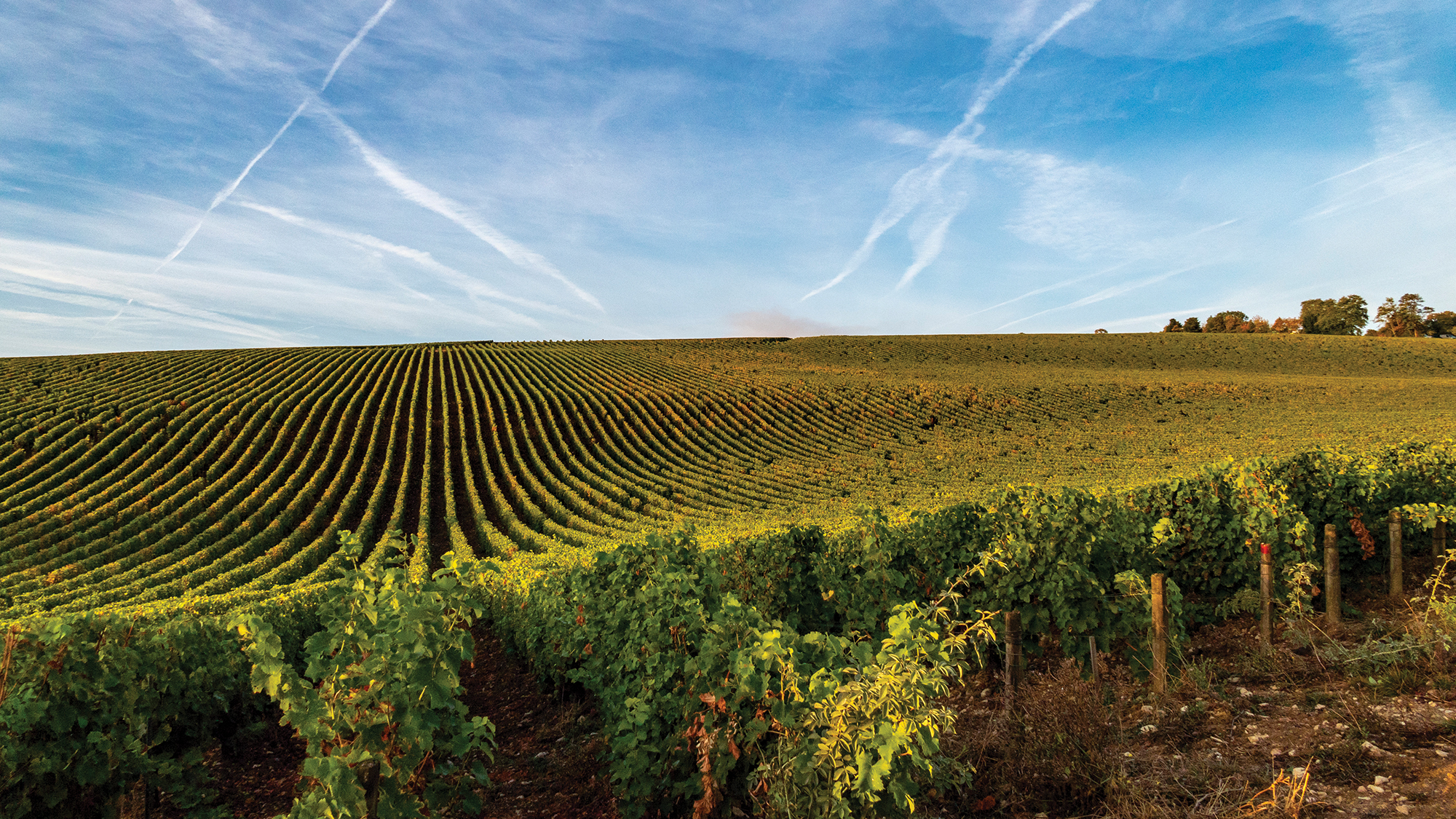Domaine du Nozay
Loire Valley, France





Le Nozay is a small 17th century castle located near the village of Sainte Gemme en Sancerrois to the north of Sancerre. It wasn’t until 1970 that Baron Philippe de Benoist and his wife Marie-Hélène came to settle in the Château du Nozay in this magnificent setting which later became the Domaine du Nozay. Armed with their will and their ardor to create a vineyard in Sancerre, Philippe and Marie-Hélène de Benoist planted the first hectare of Sauvignon Blanc, the king grape variety of Sancerrois, in 1971 – an area which they extended over time to 15 hectares.
Winery Story6 Results







